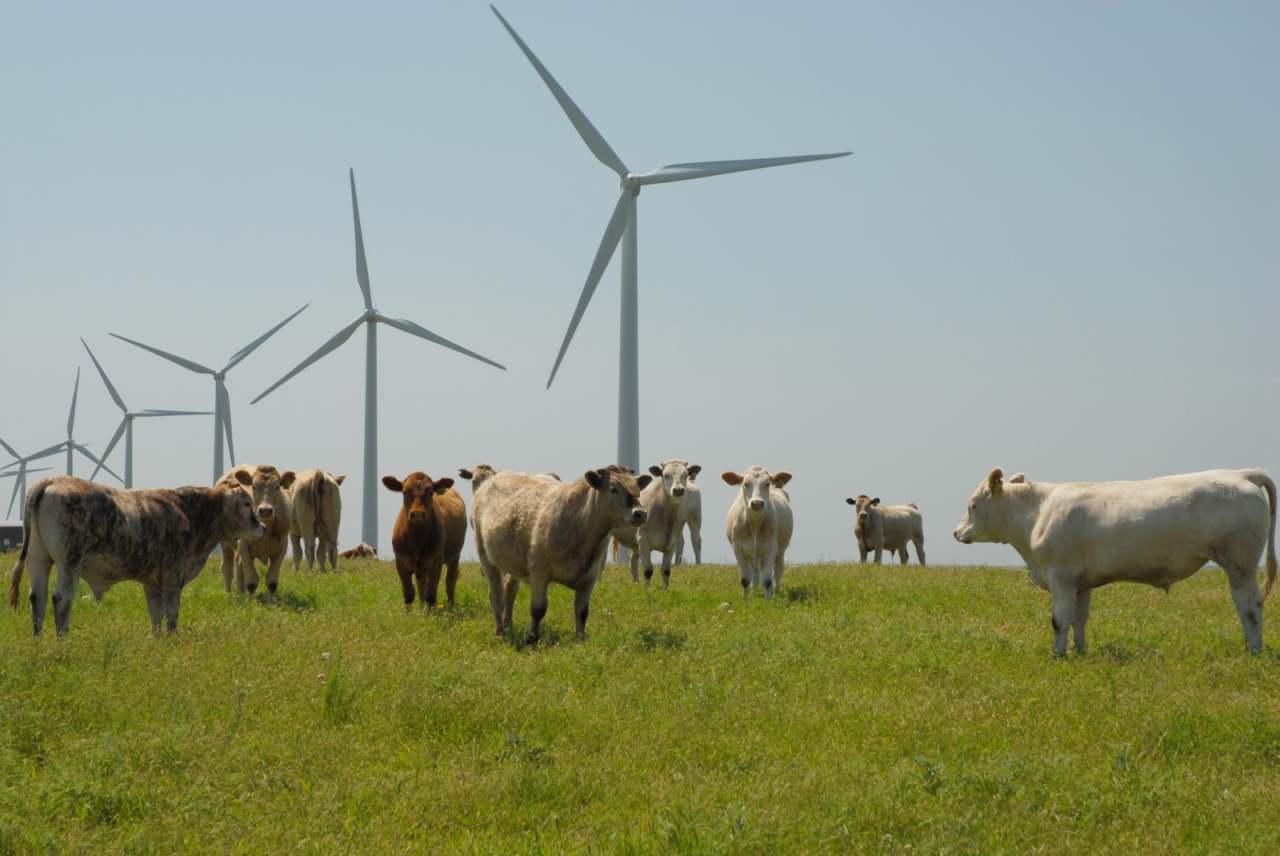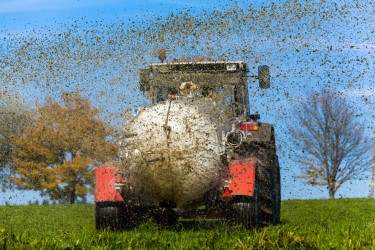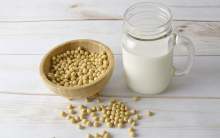How are animals used by the energy industry?
In 2017, SSE was accused of providing energy from a power plant burning dead salmon from Scottish fish farms. In 2022, an investigation by energy company Ecotricity, published by ITV News, found that dead cows, hunt dogs, partridges and foxes were being used to generate energy.
In fact, using animal products for producing energy is not uncommon in the UK. In most cases, the animal products used are manure or slurry.
There are two key processes for generating electricity that are connected to animal exploitation: biomass generation and anaerobic digestion. These processes can use everything from dead animals and slaughterhouse waste to manure and slurry from animal farms.
Energy company Ecotricity says, “Animals are exploited to produce about 1% of the UK’s energy, which goes to around 60% of homes.”
We’re not quite sure where they got that figure from. Looking at the statistics that the government has published on the topic, 1% of electricity (as opposed to energy, which would include gas) seems about right.
According to the UK government's figures, animal biomass accounts for around 0.5% of UK energy supply. Anaerobic digestion accounts for about 2.5%, including animals and plant matter.
Why are animals and animal products used in our energy supply?
Animals and their products – even their poo – store significant amounts of energy. In many countries, animal dung has long been dried and burned in homes directly as a fuel source.
When animal parts or waste like manure are used for the production of energy, they’re likely to be ‘by-products’ of the farming industry. In other words, they are animal parts or animal waste that would otherwise not be used.
Using animal products to generate energy can therefore be considered low carbon. For this reason some argue that it’s a useful step in our energy transition.
When we burn animal biomass, such as manure, or biogas produced from animal waste during anaerobic digestion, we release greenhouse gases – as with the burning of fossil fuels. However, unlike fossil fuels, animal waste will also release emissions if left to just decompose on its own. For example, slurry (liquid animal manure) releases large amounts of methane, a greenhouse gas that is around 30 times more potent than CO2.
It is therefore more efficient from a climate perspective to capture and use these animal wastes than allow them to vent to the atmosphere: you prevent the release of methane and make the most of the energy they can provide.
What is vegan energy?
Vegan energy is essentially ‘animal free’. It excludes all sources of energy that have used animals.
Luckily, there are lots of alternative sources of renewable energy, such as wind and solar, where use of animals isn’t a problem.
Biogas can also be produced using only organic plant matter (although this has potential environmental problems of its own).








